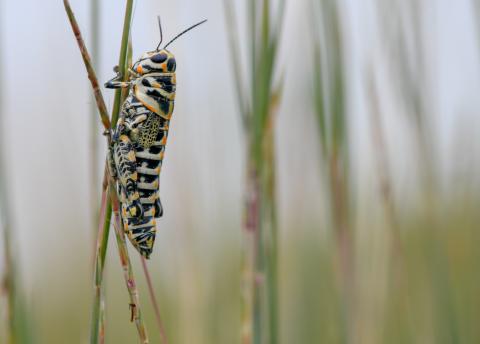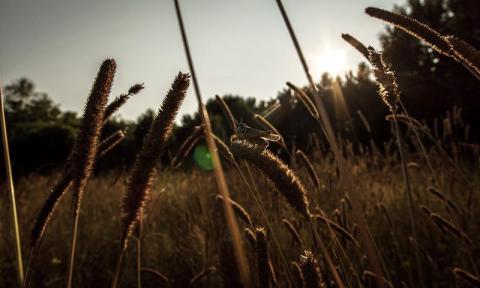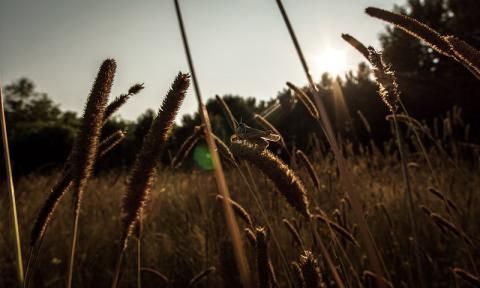Pasture and Forage Minute: Managing Grasshoppers, Pasture Weeds and Wet Hay
August 23, 2023
Insights on late summer grasshopper and pasture weed control, and options for producers putting up hay in wet conditions.
Pasture and Forage Minute: Grasshopper Control, Sub-irrigated Meadow Hay Harvest
July 7, 2023
Extension insights on grazing strategies to accommodate weather changes, grasshopper scouting and treatment recommendations, and tips for getting the most out of sub-irrigated meadow hay harvest in Nebraska.

Pasture Grasshopper Management
June 8, 2023
Prolonged drought conditions have increased the potential for problematic grasshopper populations this growing season, particularly for counties in the western two-thirds of Nebraska.
Pasture and Forage Minute: Alfalfa Seed Selection, Grasshoppers After Drought
April 5, 2023
This week — Reviewing seed selection to avoid anthracnose and Phytophthora root rot, assessing alfalfa stands and predictions on grasshopper populations following the 2022 drought.
Pasture and Forage Minute: Salvaging Drought-stressed Soybeans as Forages, Grasshopper Control
August 30, 2022
Nebraska Extension educators review forage considerations for growers faced with droughty soybeans, tips on measuring stands and assessing alfalfa field health, and thresholds where grasshopper control may be warranted.
Pasture and Forage Minute: Harvesting Drought-stressed Corn and Milo, Controlling Grasshoppers
August 2, 2022
Considerations for harvesting drought-stressed corn or milo, grasshopper control in pastures and rangeland, and taking inventory of fall/winter feed and hay.
Pasture and Forage Minute: Grasshopper Control, Safe Grazing Guidelines And Blue-green Algae Poisoning
July 13, 2022
Tips for effective control of grasshoppers in alfalfa, prussic acid poisoning from summer annual forages and blue-green algae in livestock water.
Continued Good News for Grasshopper Risk on Rangeland
February 10, 2022
Based on fall adult surveys conducted by USDA-APHIS, the risk of grasshopper infestation in Nebraska rangelands will be low in 2022, with slightly higher risk in southwestern Nebraska.






